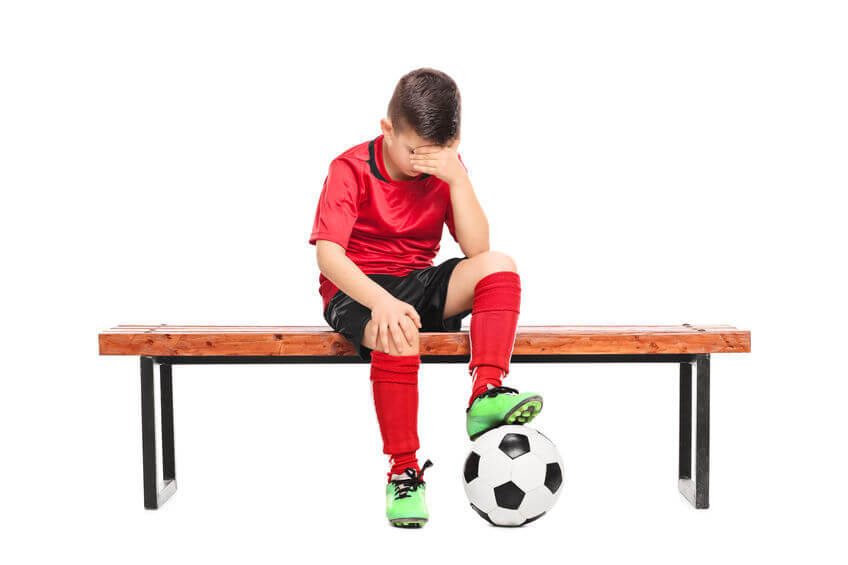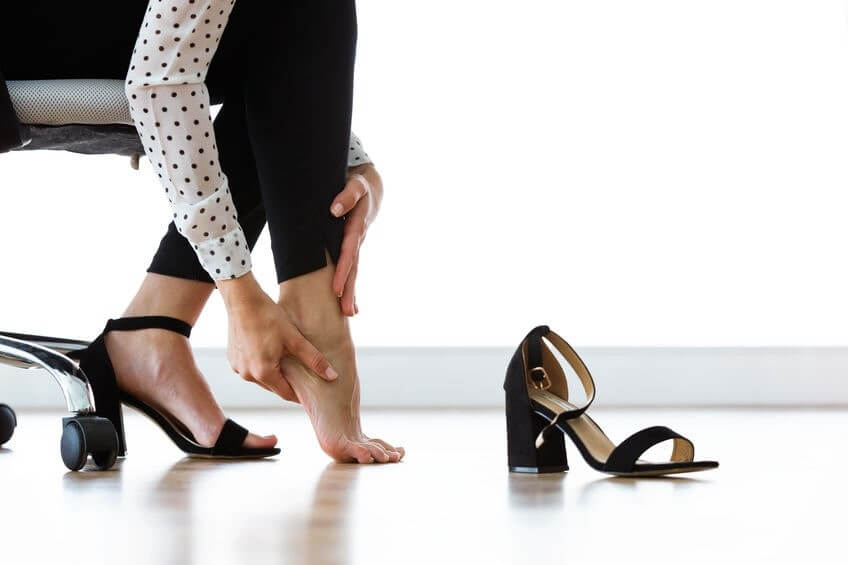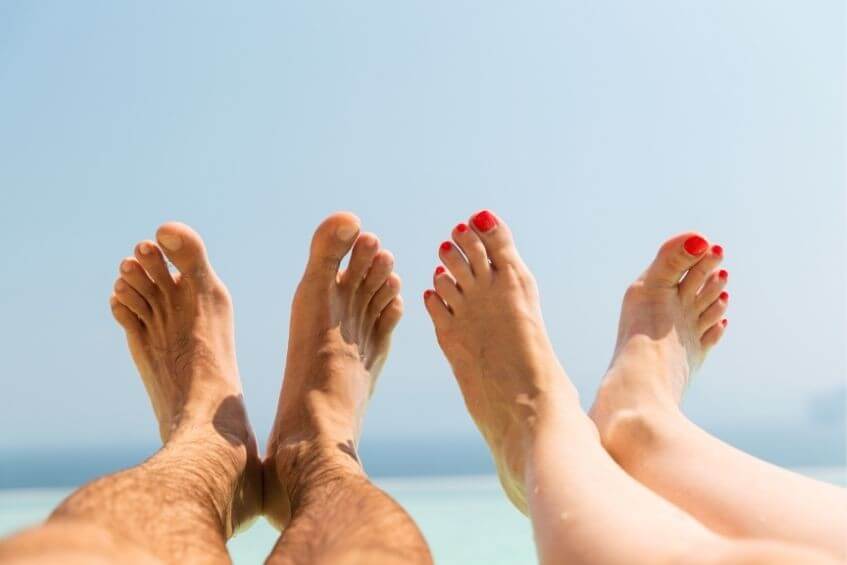.png)
Sever's disease, medically referred to as calcaneal apophysitis, is one of the most common causes of heel pain in children and young adolescents. Sever's disease occurs from inflammation of the growth plate in the heel.
Growth plates are areas of cartilage mostly found near the ends of your bones. They are areas of new bone growth in children and teens and when your body becomes fully grown, these growth plates close, forming solid bone. They are weaker than your regular bones, so they can get injured much more easily.
Sever's disease most commonly occurs in children between 8-12 years of age, however can be seen in adolescents up to 16/17 years old.
Once the growth plate in the heel finishes growing and becomes solid, then the child or teen will not experience Sever's pain again.
Sever's disease is caused by repetitive stress being placed on the heel. Your Achilles tendon, which is the band of tissue that connects your calf muscles to your heel bone, tightens under repetitive stress and pulls on the heel bone. This irritates the growth plate, causing the pain and inflammation your child is experiencing.
This condition mostly occurs when a child is going through growth spurts as the bones, muscles and tendons are changing very quickly, or in children that are very active and participate in various running and jumping sports.
Factors that can increase a child's risk of developing Sever's disease include:

Pain or tenderness in the back of one or both heels, often following physical activity, is a common symptom of Sever's disease.
It can also lead to:
Sever's disease is diagnosed clinically after physically assessing the present symptoms and asking about the child's physical activities.
It does not usually require imaging unless a broken bone or fracture is suspected.
Most often, your child's pain can subside from merely resting the area, which means taking time off from certain sports and other physical activities.
To treat this pain at home, you could try replacing or modifying footwear choices. Supportive exercise shoes are often found to be most comfortable for children with Sever’s and avoiding time barefoot when the feet are sore is a good idea.
Ice packs can be used before and after physical activity for approximately 10-15 minute intervals to reduce the window of discomfort, as well as gentle stretching or massaging of the calf muscles twice daily.
Our podiatrists in Brisbane can assist in the treatment of Sever’s disease by addressing factors that may predispose your child to suffering from heel pain. This can include foot type, and also identifying any other gait issues that may be increasing the stress placed on the heel.
We can also offer footwear advice for specific sports, as well as in-shoe modifications as required. Customised orthotics are also useful in reducing discomfort, bettering foot posture and can help prevent recurrence of this often frustrating pain. Modifying activity is also a useful tool to help manage symptoms.
There are a number of preventative measures you can take to reduce your child's risk of developing Sever's disease:

If you are injured and experiencing heel pain, the first thing you should do is look at your activity levels and modify them if needed.
Follow these three simple rules to help manage your heel pain

Not everyone needs orthotics, but they can play an integral role in treating or relieving pain in several foot and lower limb conditions.

The heat and humidity of an Australian summer makes it a prime time for issues to arise, so our newest podiatrist Lucy has put together
seven helpful tips to keep your feet healthy and problem free throughout summer.
| Monday | 7:40am - 6:00pm |
| Tuesday | 7:40am - 6:00pm |
| Wednesday | 7:40am - 6:00pm |
| Thursday |
7:40am - 6:00pm |
| Friday | TEMP CLOSED |
| Saturday | CLOSED |
| Sunday | CLOSED |
Ground Floor, 344 Queen Street,
Brisbane City QLD 4000
| Monday | 7:40am - 6:00pm |
| Tuesday | 7:40am - 6:00pm |
| Wednesday | 7:40am - 6:00pm |
| Thursday |
7:40am - 6:30pm |
| Friday | 7:40am - 5:00pm |
| Saturday | 7:40am - 4:30pm |
| Sunday | CLOSED |
Newmarket Village, 114/400 Newmarket Rd, Newmarket QLD 4051